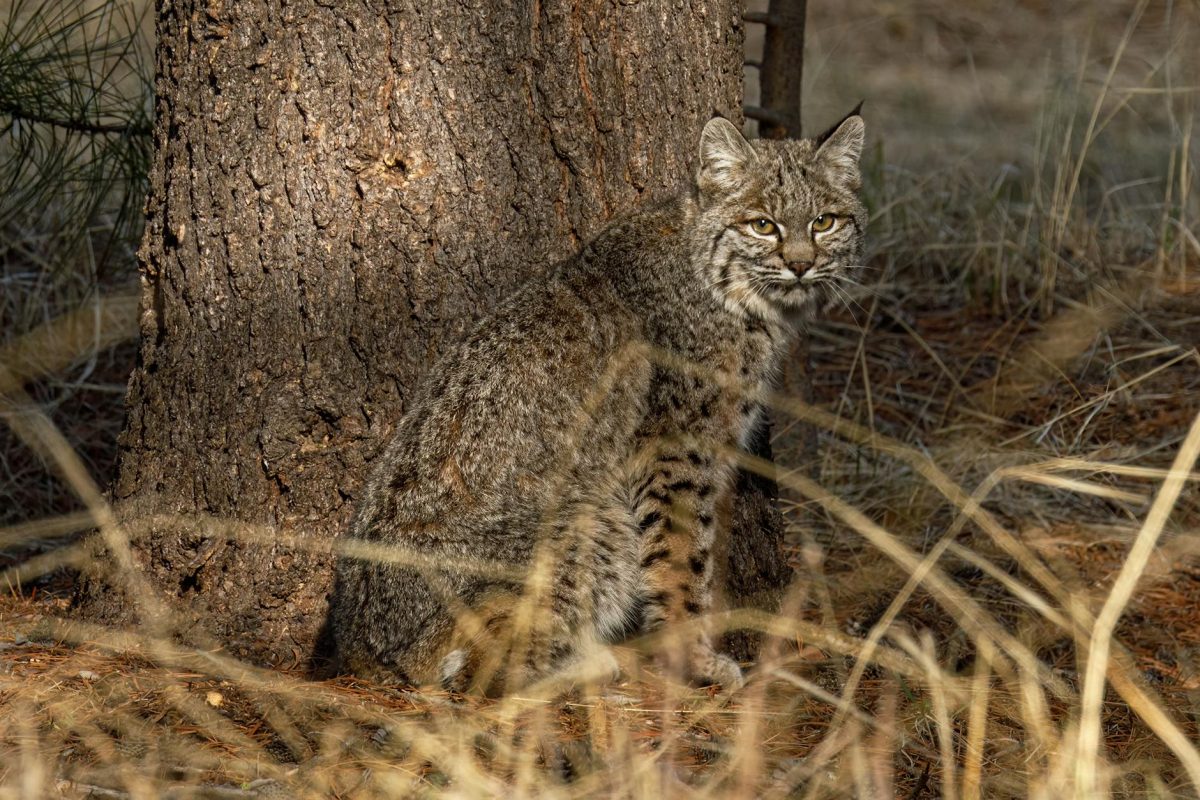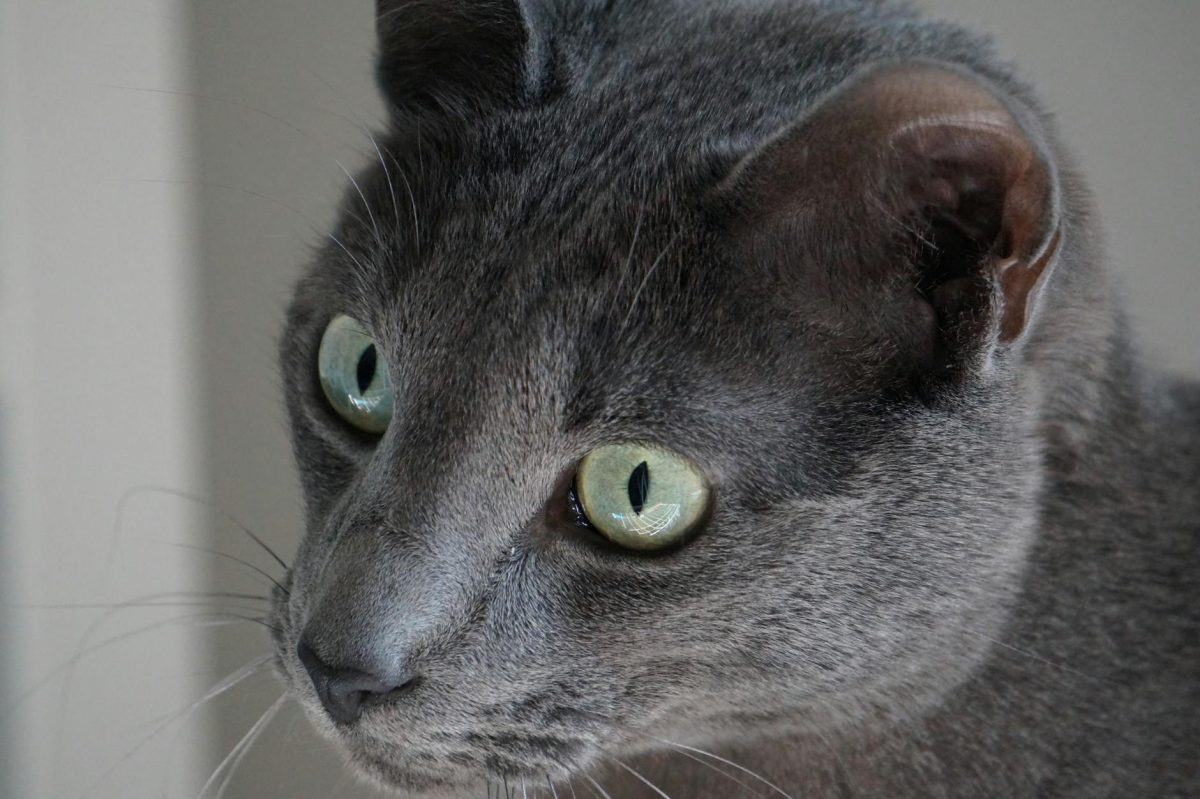Cats are known for their soothing purrs, a sound that has captivated humans for centuries. The healing sounds of cats have long been the subject of fascination and research, uncovering the mysterious science behind these calming vibrations. Understanding the therapeutic effects of these gentle purrs can provide valuable insights into the intricate bond between cats and their human companions. In this article, we will delve into the intriguing world of feline purrs and explore how these healing sounds can positively impact our well-being.
The Science Behind Cat Purring
Cats are unique among animals for their ability to produce a wide range of vocalizations, from meows and chirps to growls and hisses. However, the most enchanting sound they make is undoubtedly their purr. The mechanism behind a cat’s purring is a complex interplay of muscles in the larynx and diaphragm, vibrating at a frequency of 25-150 Hertz. This specific range of frequencies has been shown to promote healing and reduce stress in both cats and humans.
Healing Properties of Cat Purrs
Studies have revealed that the low-frequency vibrations of a cat’s purr can have a therapeutic effect on the body. The rhythmic sound has been linked to lower blood pressure, improved bone density, and accelerated healing of tissues and injuries. Additionally, the act of petting a purring cat can release endorphins and oxytocin in humans, often referred to as the “feel-good” hormones, promoting relaxation and a sense of well-being.
The Emotional Connection
Beyond the physical benefits, the sound of a cat purring fosters a deep emotional connection between cats and their owners. The comforting hum of a purring cat is known to reduce feelings of anxiety and loneliness, providing a sense of companionship and security. Many cat owners find solace in the presence of their purring feline friends, creating a harmonious environment that promotes emotional balance and mental well-being.
Incorporating Cat Purrs into Healing Practices
Given the positive effects of cat purring, some healing practitioners have incorporated these soothing sounds into therapeutic treatments. Sound therapy techniques often utilize recordings of cat purrs to induce relaxation and promote self-healing. The gentle vibrations of a purring cat can create a peaceful atmosphere, conducive to meditation, stress relief, and emotional healing.
Conclusion
In conclusion, the healing sounds of cats offer a unique and captivating glimpse into the mysterious science of animal communication and well-being. The melodic purrs of our feline companions have a profound impact on our physical and emotional health, promoting relaxation, reducing stress, and fostering a deep sense of connection. By embracing the therapeutic power of cat purrs, we can enhance our lives and strengthen our bond with these enigmatic creatures. Next time you hear your cat purring contently, take a moment to appreciate the profound healing effects of their gentle vibrations.


